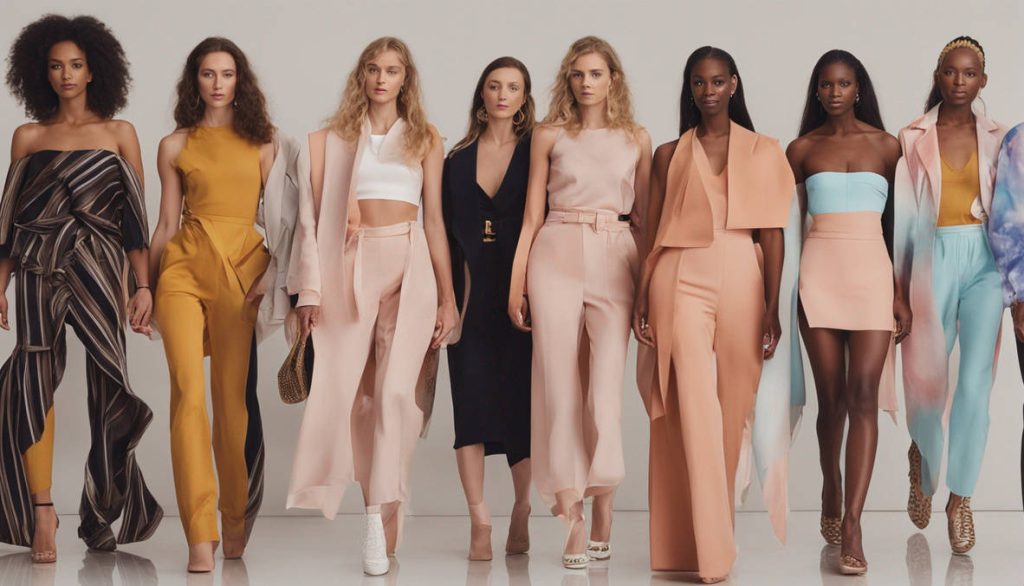Luxury has traditionally been associated with gilded embellishments, precious fabrics, and the unattainable aura of exclusivity. Yet, in today’s shifting fashion landscape, the meaning of luxury extends far beyond material wealth. Comme des Garçons has been instrumental in challenging these conventions, presenting an entirely new dimension of what it means to be luxurious. Instead of leaning on predictable symbols of affluence, the label offers originality, intellectual depth, and emotional resonance. In this new paradigm, luxury shopcommedesgarconn.com is no longer about the ability to purchase, but the freedom to provoke, innovate, and carve identities that resist conformity while remaining culturally significant. Comme des Garçons Shaping Modern Luxury
The Avant-Garde Roots of Comme des Garçons
When Rei Kawakubo launched Comme des Garçons in 1969, she created more than a fashion label; she ignited a cultural shift. Emerging in Tokyo, her radical vision was built on subversion, discarding Western beauty ideals and celebrating imperfection. By the early 1980s, her debut in Paris disrupted the haute couture world with torn fabrics, asymmetric tailoring, and an almost anti-fashion sensibility. Audiences were scandalized, yet compelled. These groundbreaking shows positioned Kawakubo not as a designer chasing trends but as an intellectual force questioning them. The brand’s avant-garde roots remain deeply embedded in its DNA, continually reshaping luxury’s core principles.
Breaking the Mold: A Radical Approach to Design
Unlike luxury houses that emphasize symmetry, polish, and conventional allure, Comme des Garçons thrives on resistance. Garments are often unorthodox sculptures, contorting the human body into abstract forms. Puffy silhouettes, cavernous layers, and disjointed tailoring dismantle expectations of beauty. Kawakubo sees fashion not as adornment but as provocation, a statement that beauty does not exist in perfection but in defiance. Each collection feels less like commercial clothing and more like a philosophical discourse. In this radical departure from ornamentation, the brand transforms luxury into intellectual rebellion, where design ceases to flatter and instead forces audiences to reconsider their aesthetic values.
Luxury Beyond Fabric: Philosophy as Fashion
Comme des Garçons redefines luxury by detaching it from its material trappings. While the brand https://shopcommedesgarconn.com/ uses quality fabrics and refined craftsmanship, its true value lies in the philosophy driving every piece. Clothing becomes a medium for cultural commentary, where each garment invites reflection on society, gender, and identity. Wearing Comme des Garçons is not about wealth display but about engaging with ideas. Each design is layered with meaning, requiring interpretation rather than passive admiration. By elevating garments to symbols of thought and dialogue, the brand positions luxury as intellectual engagement, reshaping its role from indulgence to transformative human experience.
Collaborations That Challenge Conventions
Comme des Garçons has mastered the art of collaboration without compromising its radical essence. From boundary-pushing Nike sneakers to unexpected partnerships with H&M, these ventures break the traditional barriers of exclusivity. Rather than diluting its mystique, collaborations expand the brand’s narrative, asking pressing questions: Who decides what luxury should be, and who is entitled to access it? Beyond fashion labels, Kawakubo’s collaborations with artists, architects, and cultural institutions reinforce her status as a multidisciplinary innovator. These partnerships are not mere marketing strategies but thought experiments that invite broader audiences into luxury’s conversation, reframing it as creative accessibility over elite separation.
Influence on Global Fashion Culture
The influence of Comme des Garçons is monumental, extending far beyond the runway. Kawakubo’s avant-garde defiance has inspired countless designers who adopt fragments of her philosophy into their own work. From the rise of deconstructed tailoring to the blurred boundary between streetwear and high fashion, her fingerprints are visible across global style. Even luxury marketing shifted because of her refusal to rely on predictable campaigns, proving mystery can be a powerful branding tool. By destabilizing the rules of fashion, Comme des Garçons reframed luxury as cultural force rather than consumer product, transforming the creative vocabulary of an entire industry.
Sustainability and the Future of Luxury
In a fashion world grappling with sustainability, Comme des Garçons presents an alternative vision rooted in timelessness. Unlike brands reliant on seasonal relevance, its garments often transcend trends, existing as enduring works of cultural significance. This seasonless approach inherently resists the disposability of fast fashion. Kawakubo’s philosophy places value on durability, creativity, and emotional resonance, ensuring each piece holds lasting worth. While she avoids marketing her work under “sustainability,” the ethos of longevity is undeniable. By creating garments immune to obsolescence, Comme des Garçons suggests a radical model where sustainable luxury means permanence of meaning, not just ethical production.
A Legacy of Defiant Elegance
Comme des Garçons occupies a rare place in the luxury sphere—a house that thrives on rebellion while commanding deep respect. Rei Kawakubo has dismantled the old symbols of luxury and replaced them with philosophy, individuality, and cultural resonance. By embracing imperfection, provoking thought, and sparking conversation, the label redefined extravagance as something richer than price. Its legacy is one of elegant defiance, reshaping how we perceive luxury in an era of shifting values. Comme des Garçons proves that the most enduring form of luxury lies in ideas, making it both timeless and perpetually modern, a paradox beautifully sustained.



